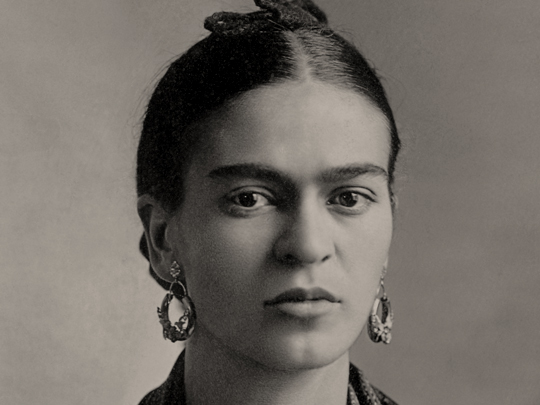By Guillermo Kahlo / Wikimedia Commons / CC-BY-SA-3.0 / GFDL
Frida Kahlo
(Painter)
July 6, 1907 – July 13, 1954 (Aged 47)
Frida was a Mexican painter renowned for her self-portraits.
She became the first Mexican artist to have a painting purchased by and featured in, the Louvre in Paris, France.
Kahlo died after suffering from pneumonia at the age of 47.
Since her death, Kahlo’s house, La Casa Azul (the blue house), has been opened as a museum, attracting thousands of tourists in Mexico City every year.
Kahlo has also become an icon for feminists and the LGBTQ movement.
Alan Turing
(Mathematician)
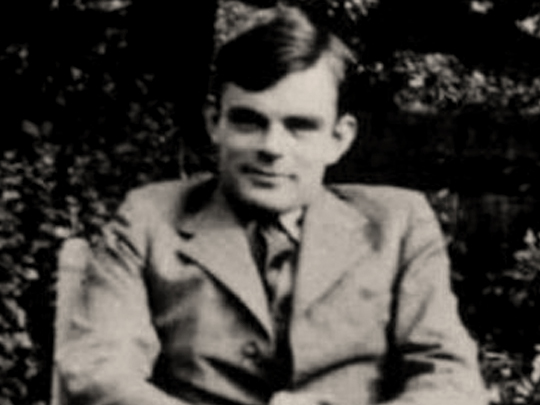
23 June 1912 – 7 June 1954 (Aged 41)
Turing was a renowned mathematician, hugely influential in the field of computer science and artificial intelligence.
Turing also played a leading role as a codebreaker with British intelligence in Bletchley Park, during World War II.
He developed techniques to decipher the German Enigma machine, which proved pivotal for the Allies in defeating the Nazis.
Turing was prosecuted for gross indecency in 1952, as homosexuality was still a criminal act in the UK. He underwent chemical castration treatment as part of his sentence, rendering him impotent.
Turing died from cyanide poisoning two years later, in 1954. However, it is not known for certain if the poisoning was accidental.
In 2009, British Prime Minister, Gordon Brown, issued an official apology for how Turing had been treated in his final years.
In 1999, Turing was voted one of the most important people of the 20th century by Time magazine. The 2014 film, The Imitation Game, portrays Turing during his time working as a codebreaker during World War II.
Robert Capa
(Photographer)
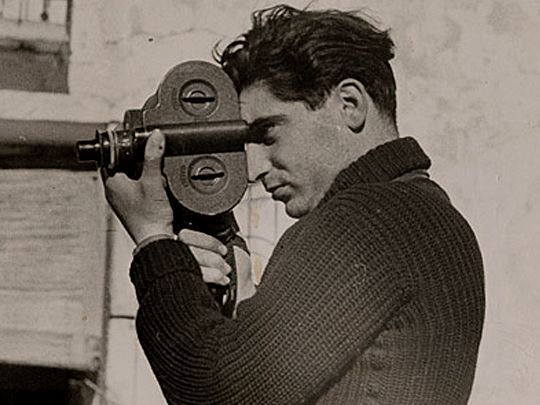
22 October 1913 – 25 May 1954 (Aged 40)
Capa was a Hungarian-born photographer, who is perhaps the most famous war photographer in history.
Capa’s work saw him documenting on the ground during the Spanish Civil War, the Japanese invasion of China, the founding of Israel, and Europe after the Allied invasion.
He was also the only photographer to land on Omaha Beach on D-Day.
In 1954, Capa accepted an assignment from Life magazine to accompany a regiment of French soldiers during the Indochina War.
Capa got out of their jeep to photograph the regiment and stepped on a landmine, killing him instantly.
Edwin Howard Armstrong
(Inventor)
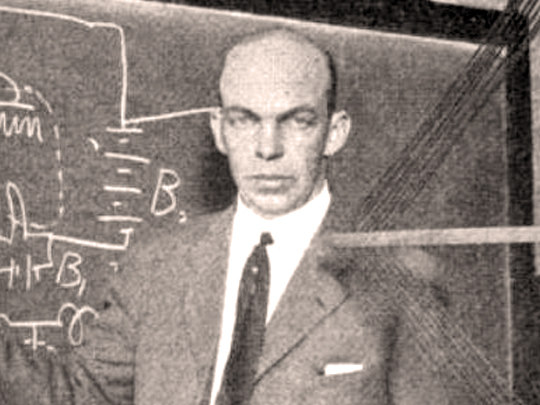
18 December 1862 – 1 February 1954 (aged 63)
Armstrong was an American inventor, best known for being the first person to develop the FM radio and the superhet receiver system.
Over the course of his life, Armstrong held 42 patents and received numerous awards, including the first (what is now) IEEE Medal of Honor, the French Legion of Honor, the Franklin Medal and the Edison Medal.
At the age of 63, amid growing financial difficulties, Armstrong committed suicide, jumping out the window of his New York apartment.
Armstrong’s FM radio system was later used for communications between NASA and the Apollo program astronauts.
In 1980, Armstrong was inducted into the National Inventors Hall of Fame. He is recognized as the most prolific and influential inventor in radio history.
Auguste Lumière
(Inventor)
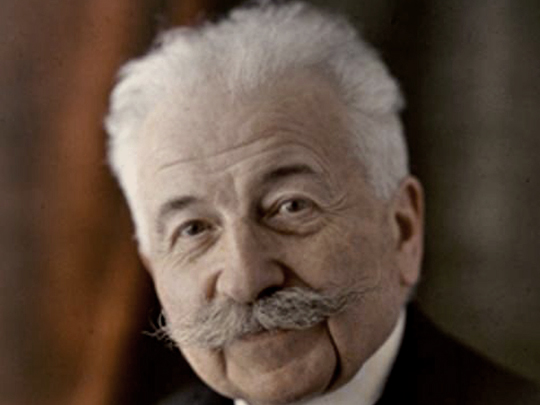
19 October 1862 – 10 April 1954 (aged 91)
Auguste Lumière and his brother Louis were the inventors of the cinematograph motion-picture camera.
They are credited with innovations in color photography, and with being among the first people to bring, and sell, the cinematic experience to the masses.
Following his success in cinematography, Auguste conducted scientific research on diseases such as cancer.
His endeavors saw him, posthumously, made a member of the National Order of the Legion of Honor in France.
Henri Matisse
(Artist)
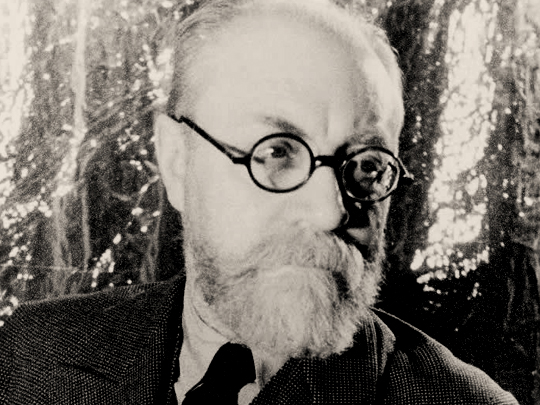
31 December 1869 – 3 November 1954 (Aged 84)
Matisse was a French artist.
He is widely regarded as one of the most influential of the 20th century, renowned for his expressive use of color.
During his final years, ill-health prevented him from painting, before he died of a heart attack at the age of 84.
